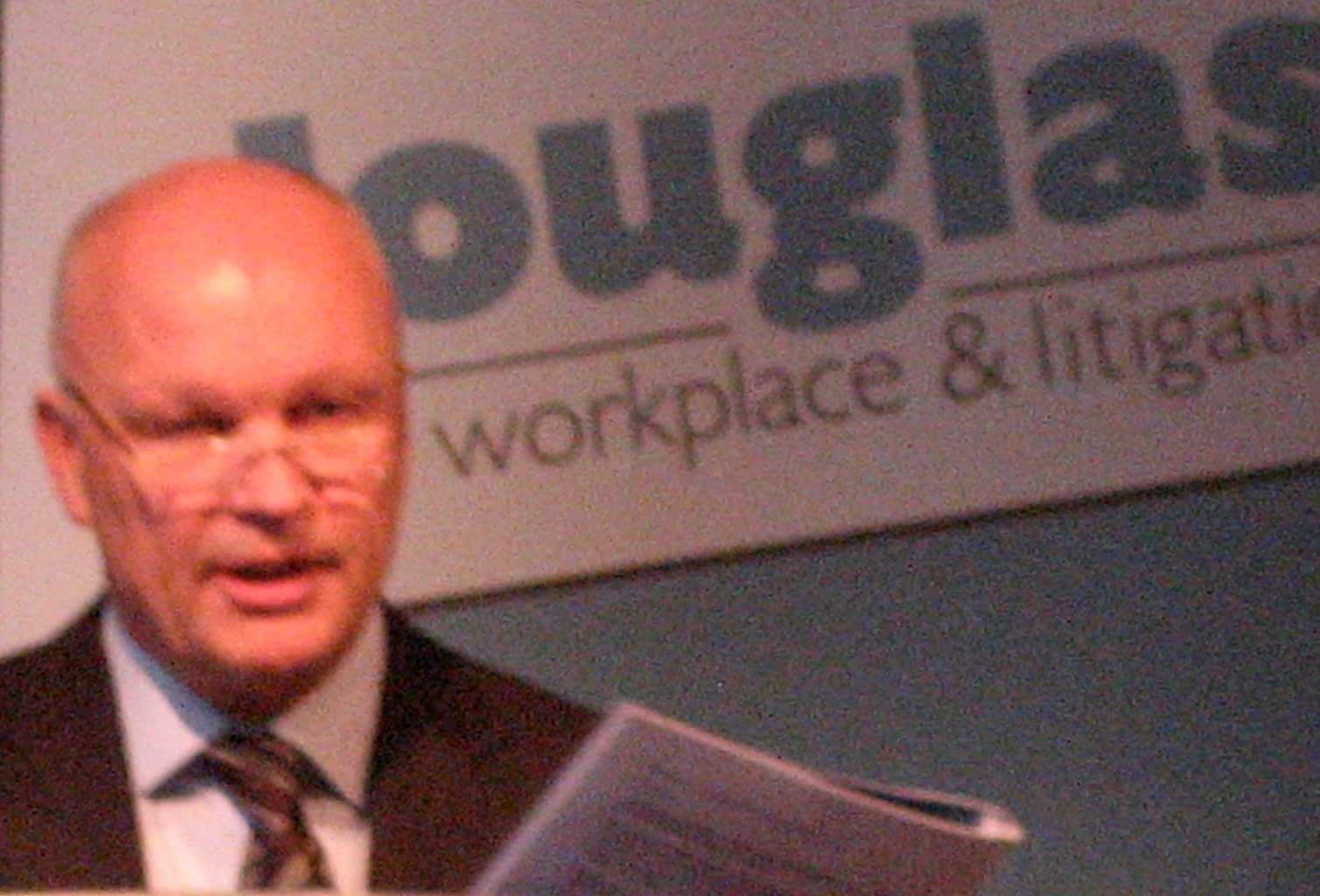SafetyAtWorkBlog has had a tremendous response to the article concerning Working Hours and Political Scandal. Below are some of the issues raised in some of the correspondence I have received from readers and OHS colleagues.
The Trade Union Congress Risk e-bulletin has a similar public service/mental health case which has been resolved through the Courts. The site includes links through to other media statements and reports.
Australia’s Department of Education, Employment and Workplace Relations has launched its work/life balance awards for 2009. The information available on the awards is strongly slanted to a work/family balance which is very different from work/life and excludes employees making decisions for the benefit of their own mental health – a proper work/life balance which is the philosophical basis underpinning OHS legislation. SafetyAtWorkBlog is investigating these awards with DEEWR.
SafeWork in South Australia is working on a code of practice on working hours and has been providing OHS advice on this matter since 2000.
The WA government has had a draft code on working hours for some time.
A legal reader has pointed out that “the 38 hour week issue is not set in stone …[and] is not a maximum for non-award employees.” So expect more industrial relations discussion on that issue over the next two years.
One reader generalised from the Grech case about decision-making at senior levels, a concern echoed by many others.
“The Grech case illustrates the gradual disintegration of effectiveness, and the employee’s own inability to recognise that it is not a personal failing of efficiency, rather an unrecognised systemic risk.
When the employee is at senior level, there is more likelihood there will be poor attention to the warning signs. Any ‘underperformance’ would be seen as a personal failing. For those of us in the safety business, it is obvious that the system itself is in need of urgent risk management.”
There were congratulations from many readers for raising a significant and hidden OHS issue.
“Many people in industry work more than 70 hour a week. This affects their health and personal relationships.”
“Overwork and under-resourcing lead to poor decision making, adverse business outcomes, and in the long term psychological and physical ill health. Both the government and corporate sectors are paying little attention to this issue.”
The workplace hazards resulting from fatigue are being addressed in several industries such as transport, mining and forestry, where attentiveness is hugely important because of the catastrophic consequences of poor judgement.
One of the issues from the Grech case is that the quality of judgement in non-critical, or administrative, occupations can be severely affected by fatigue, mental health and other psychosocial issues. These may not affect the health and well-being of others but can have a significant effect on the individual. OHS does not only deal with systemic or workplace cultural elements but is equally relevant to the individual worker.
[Thanks to all those who have written to me and continue to do so. KJ]



